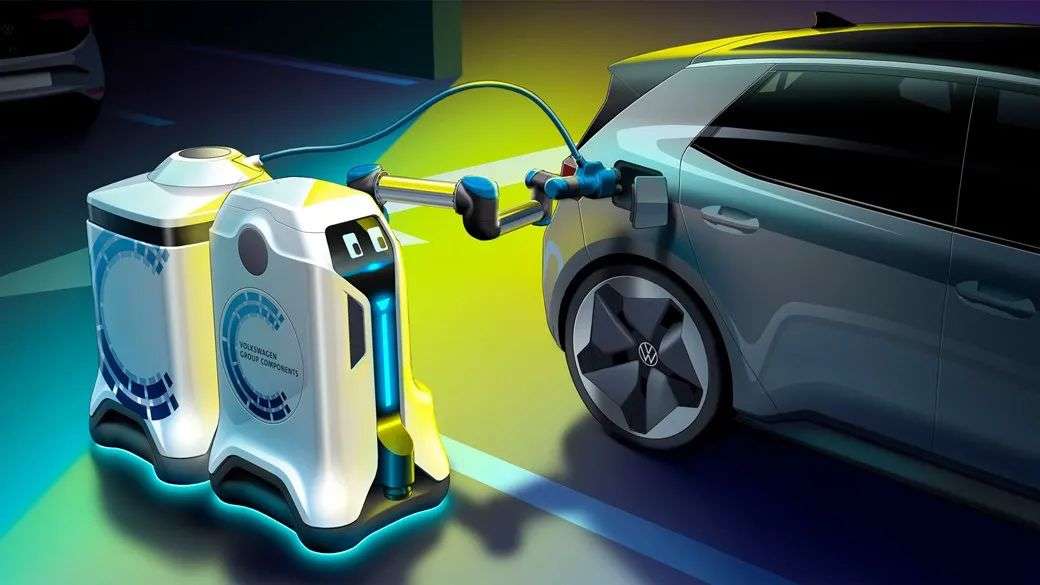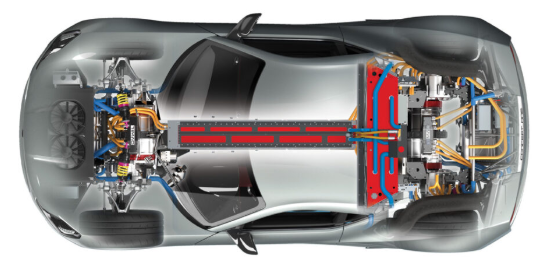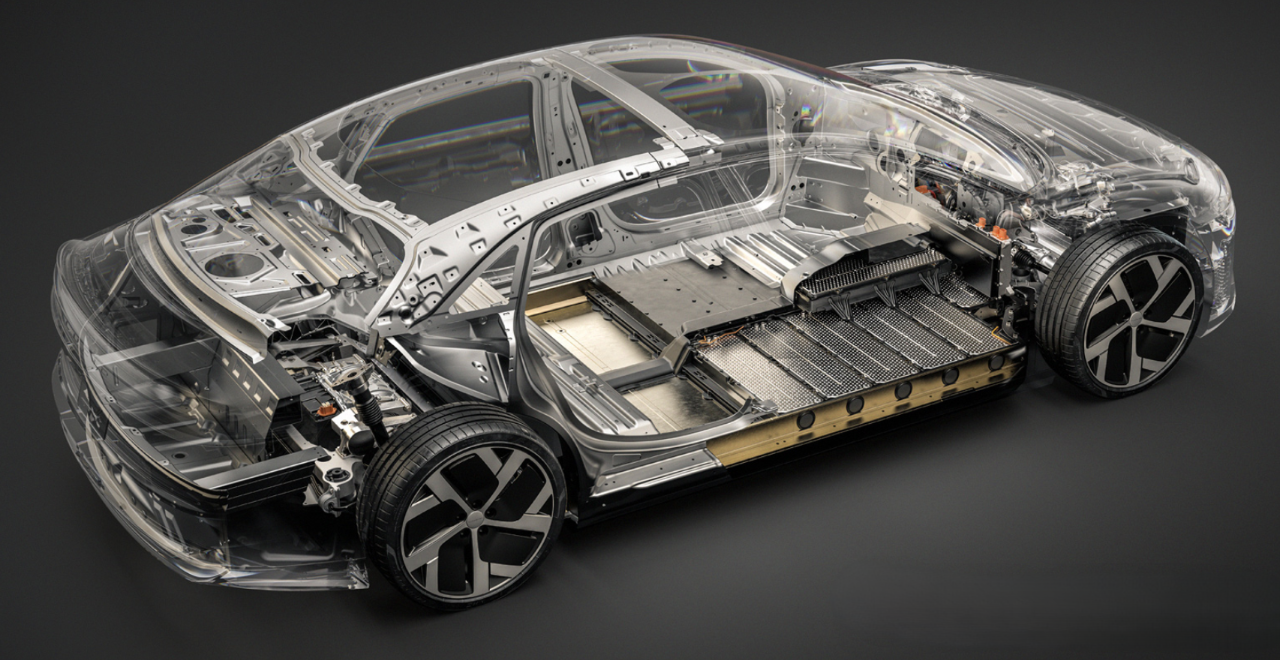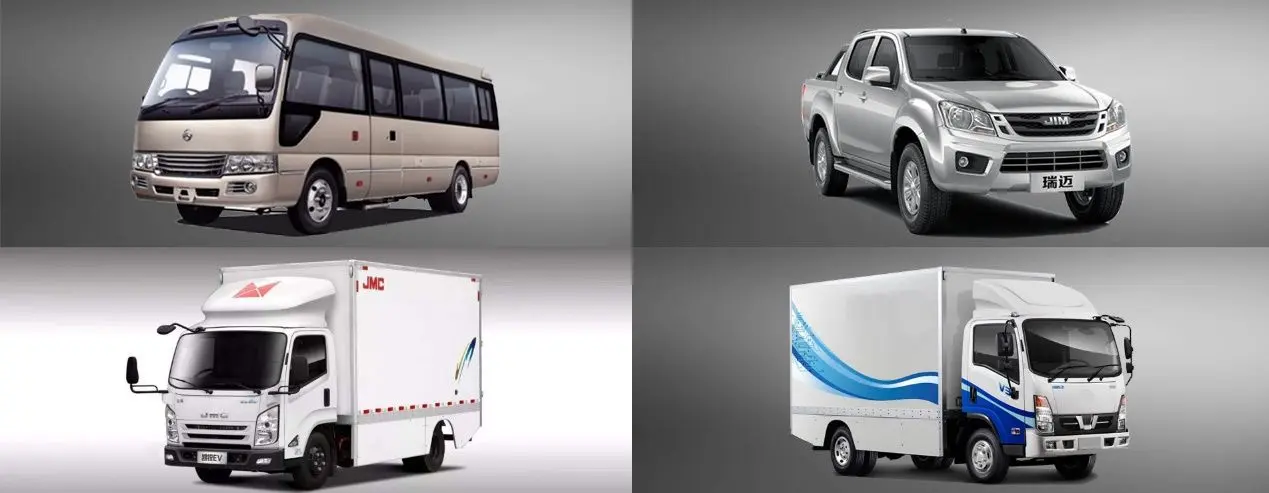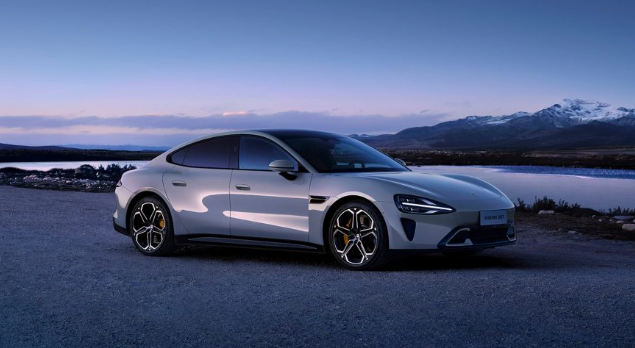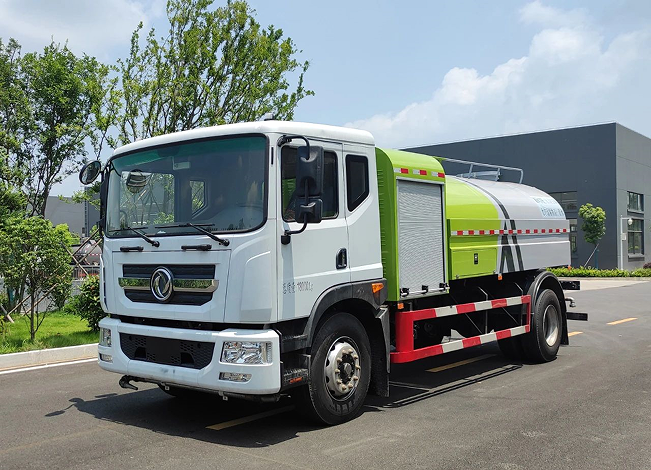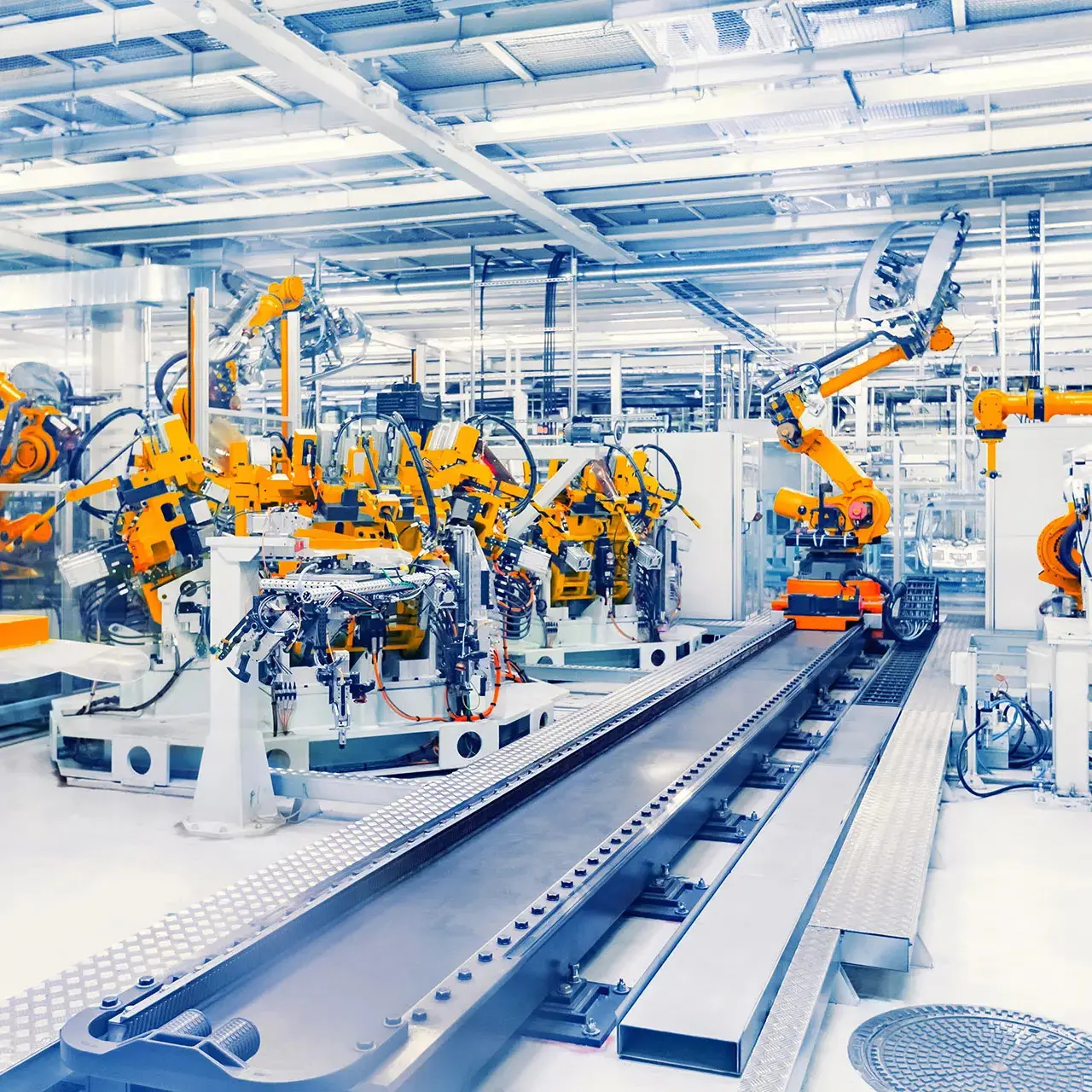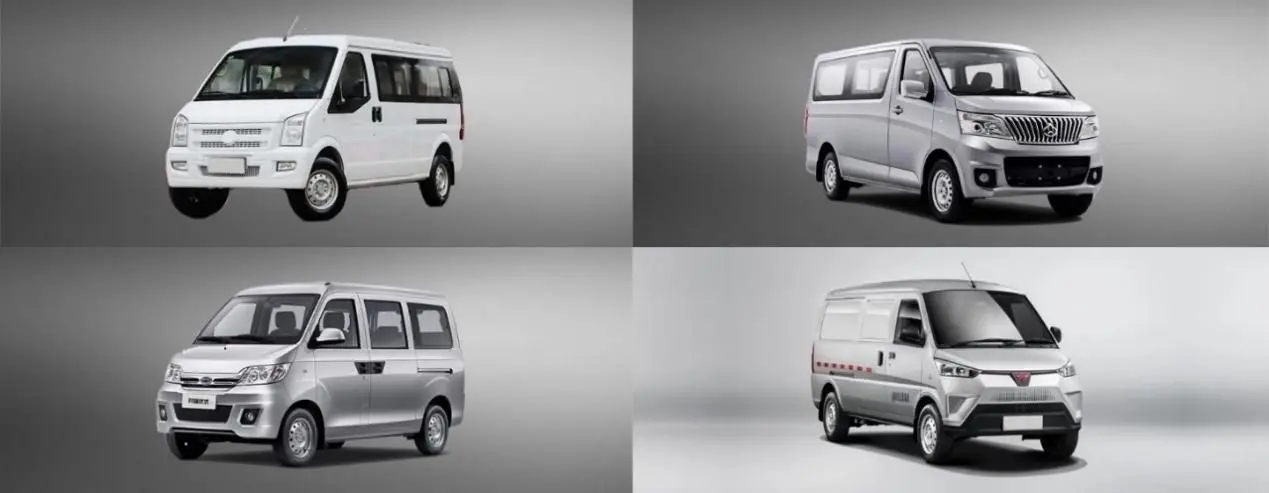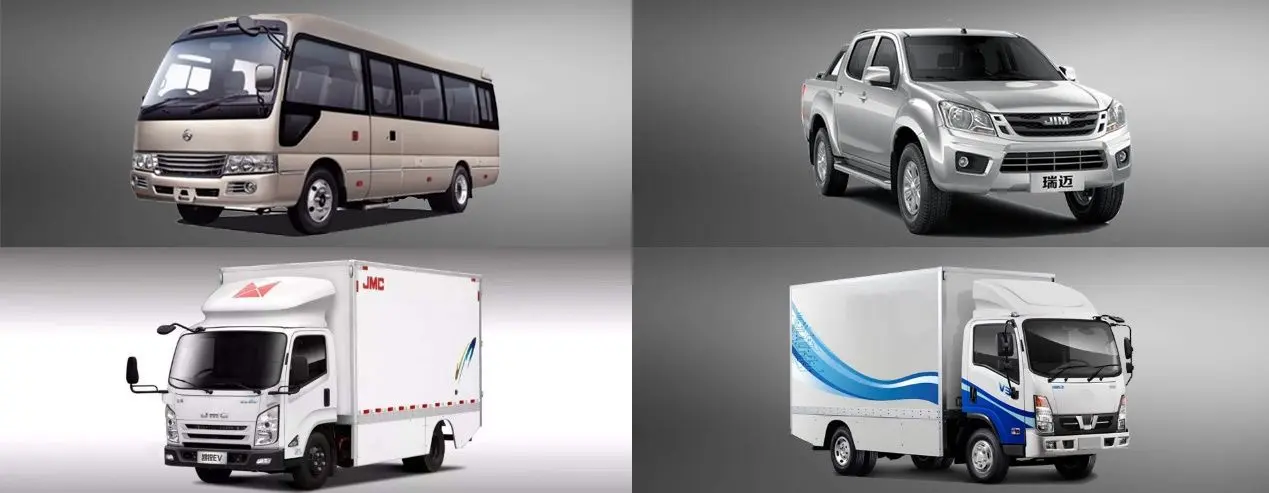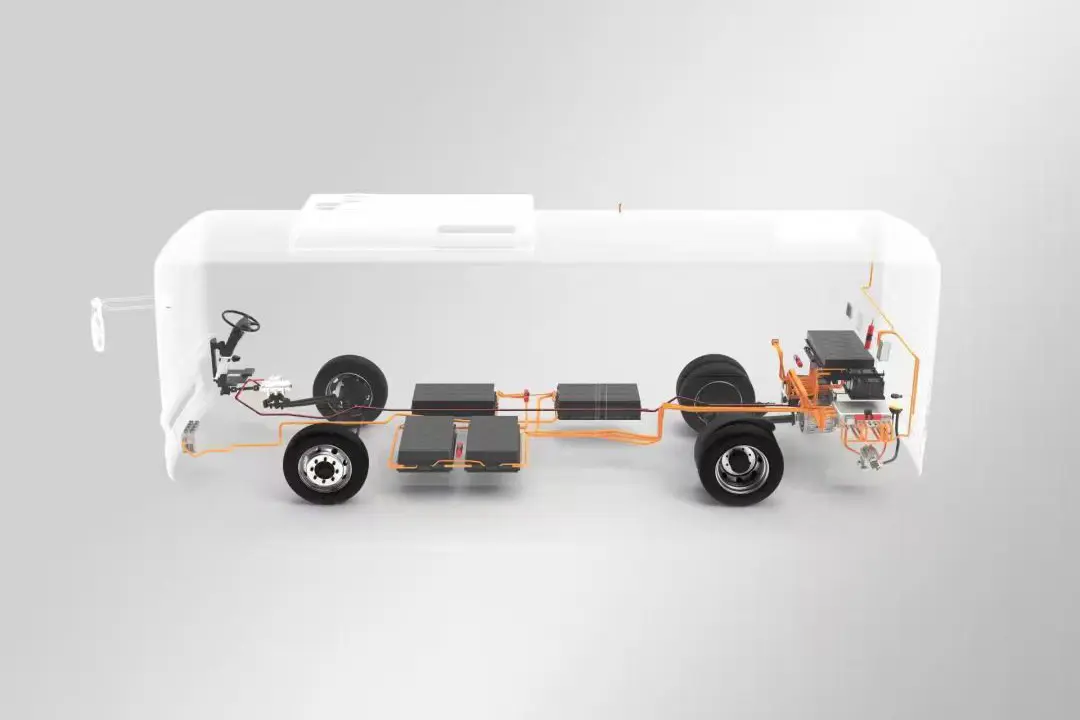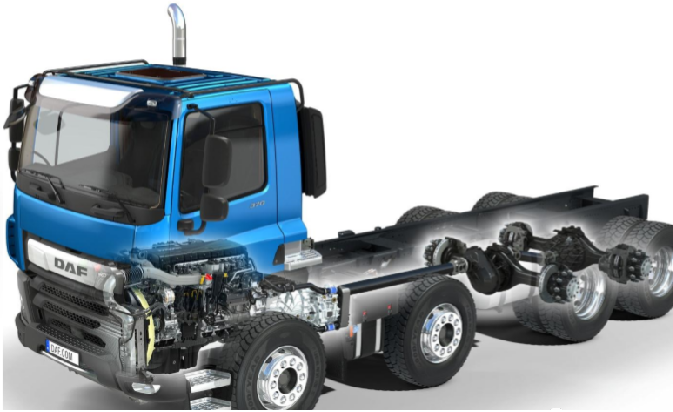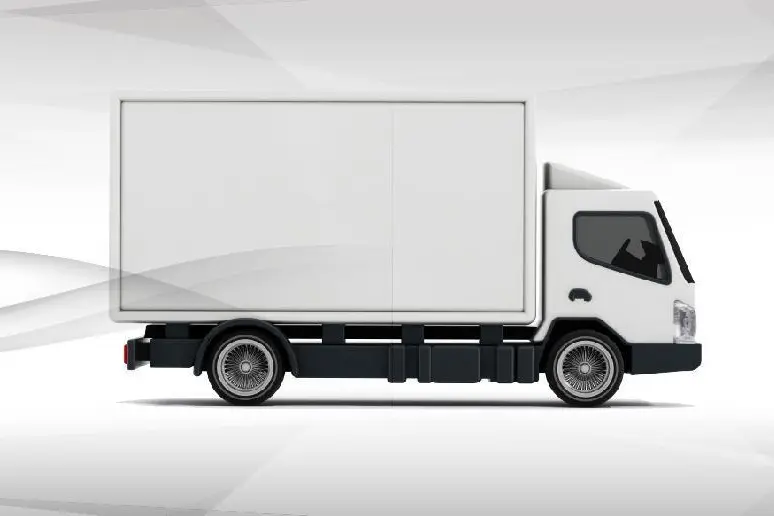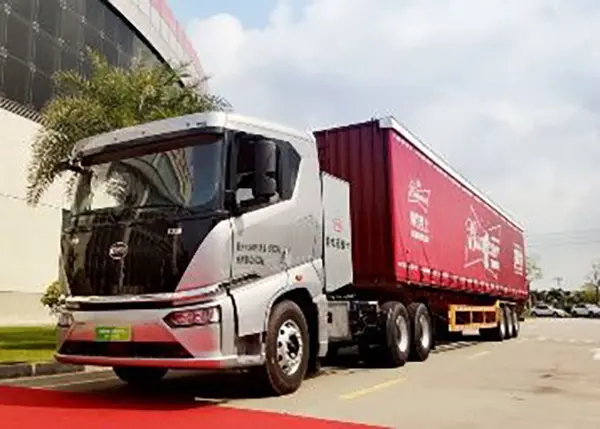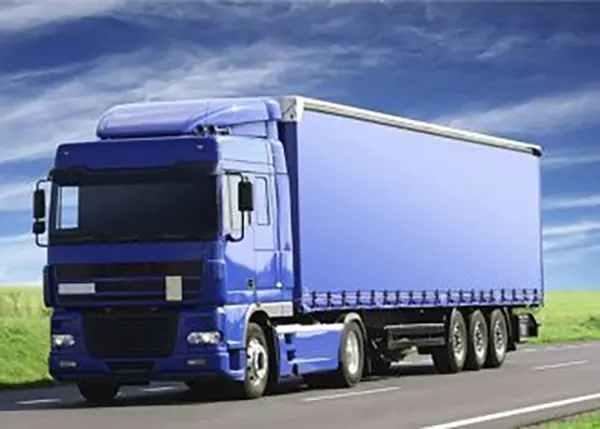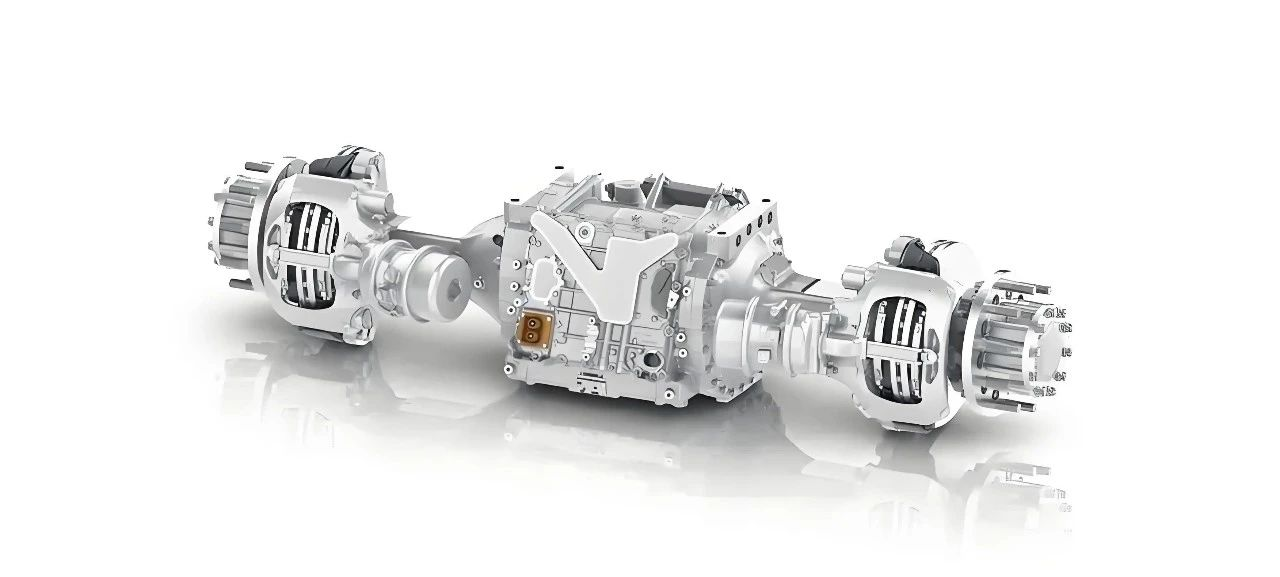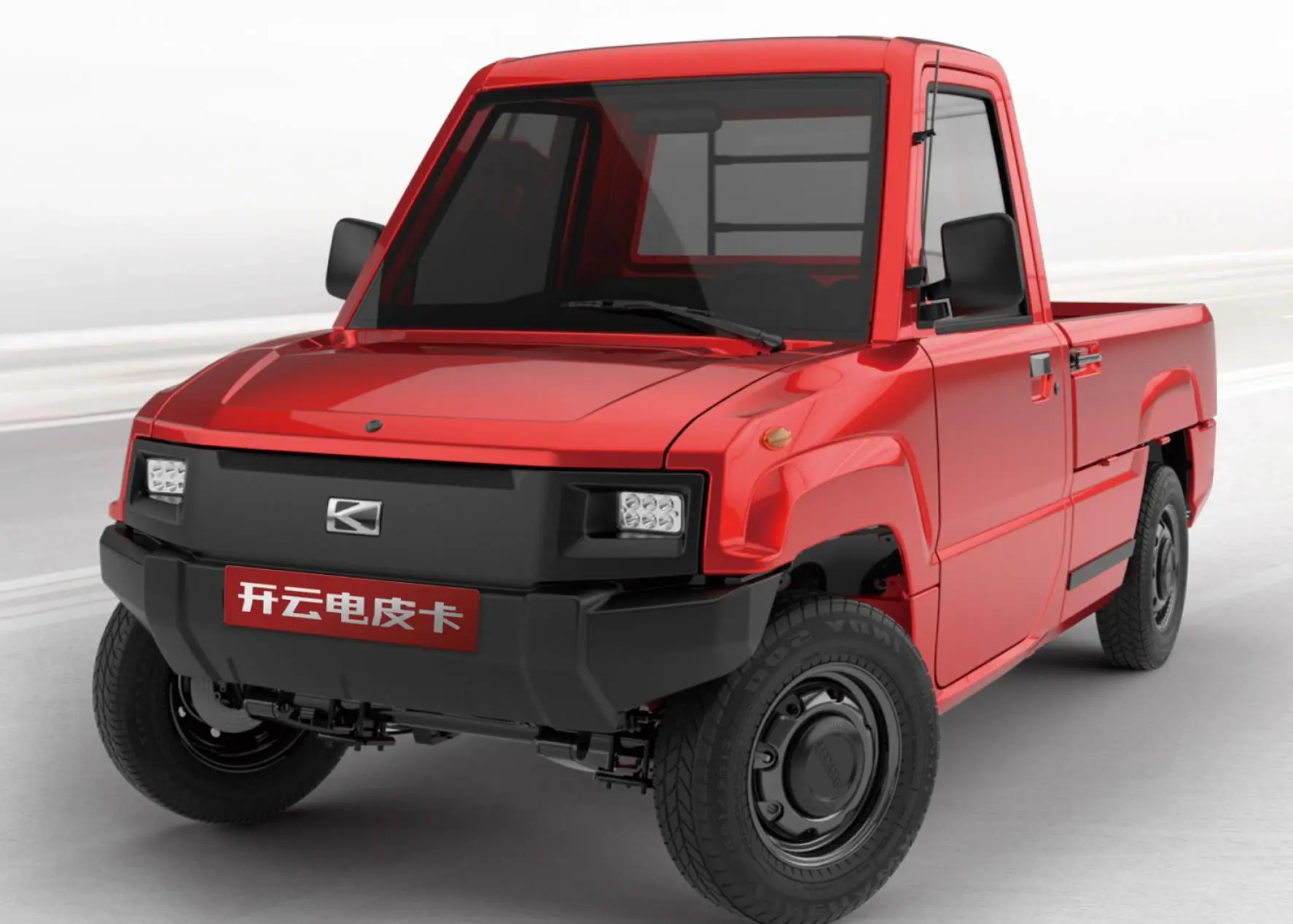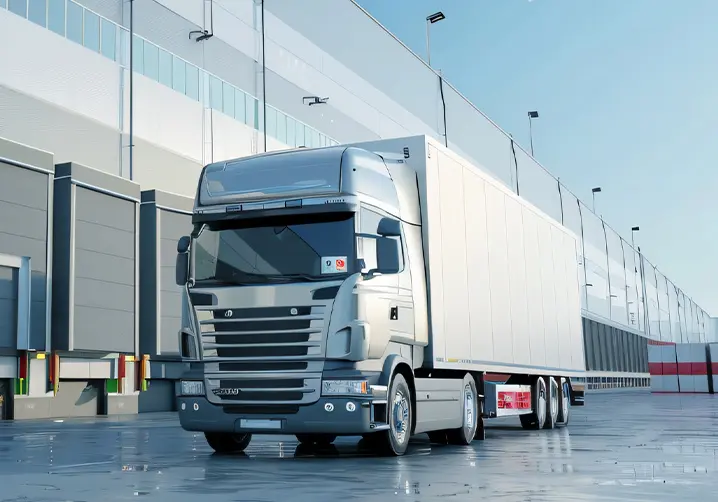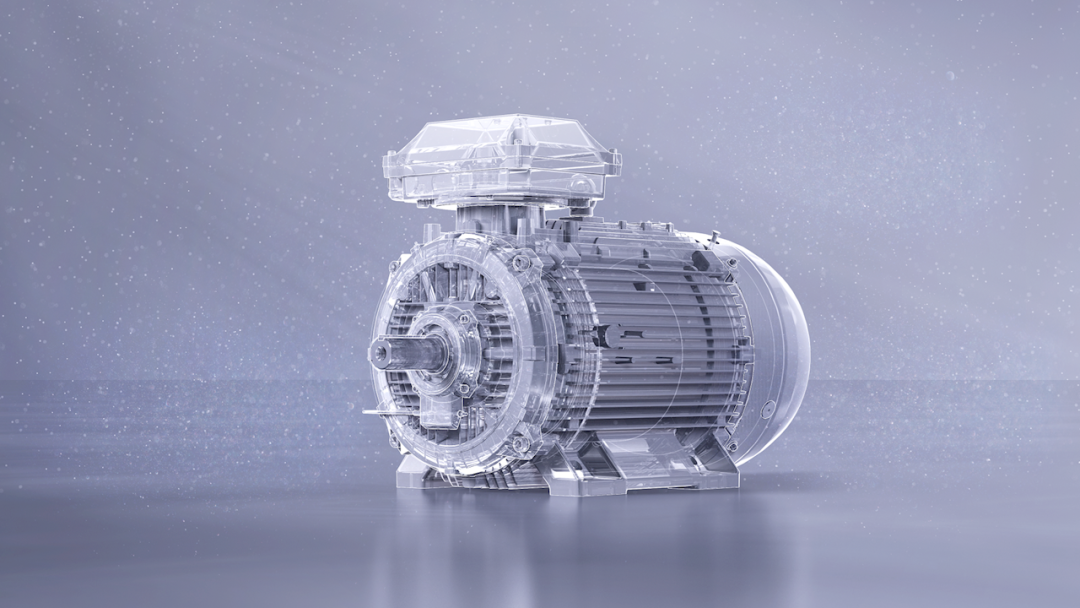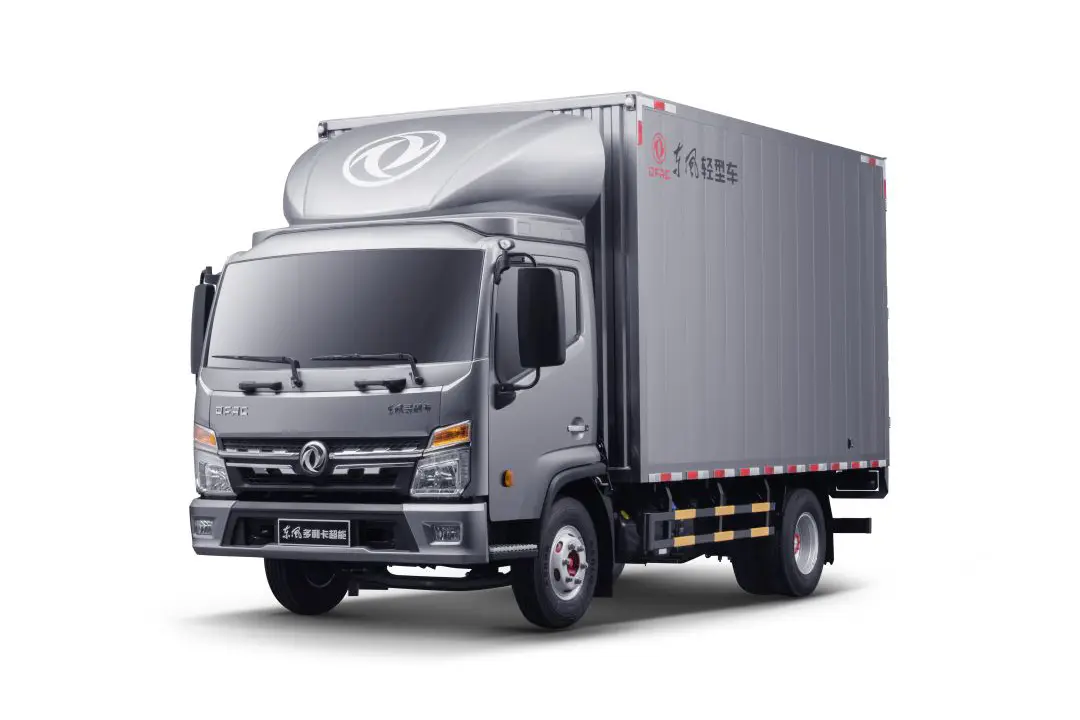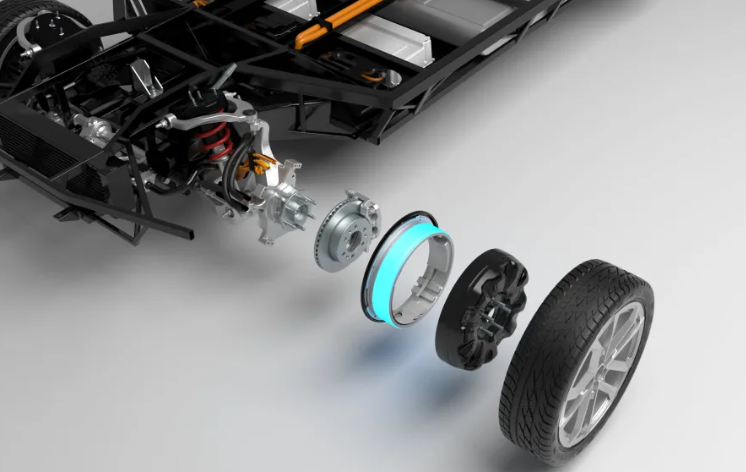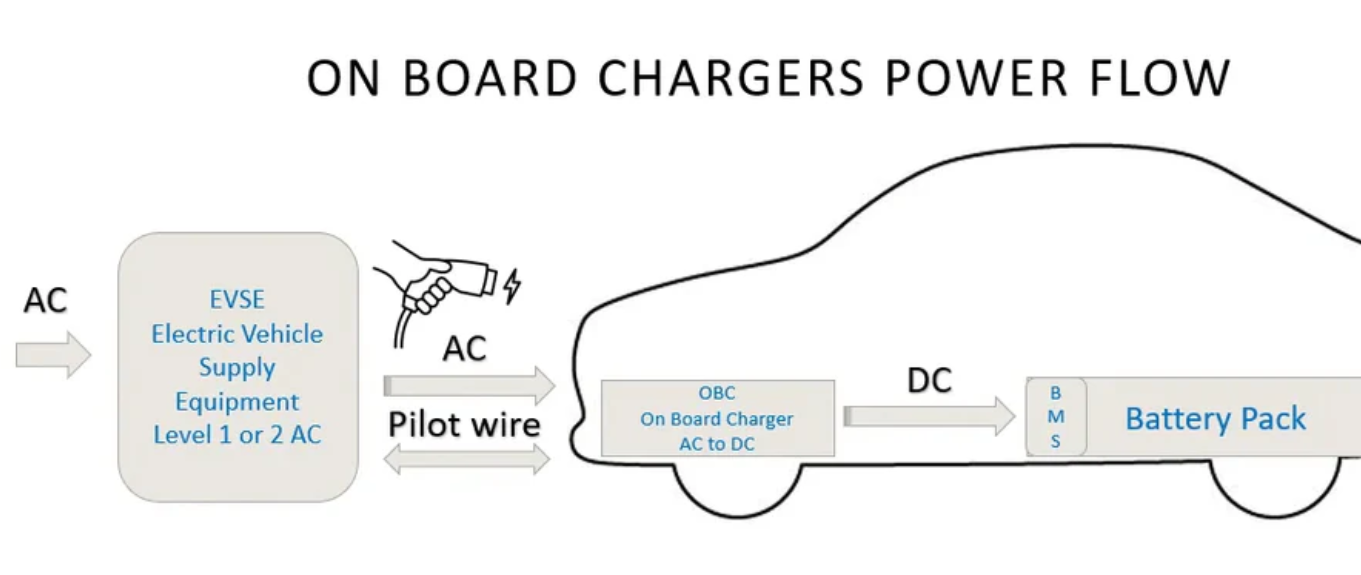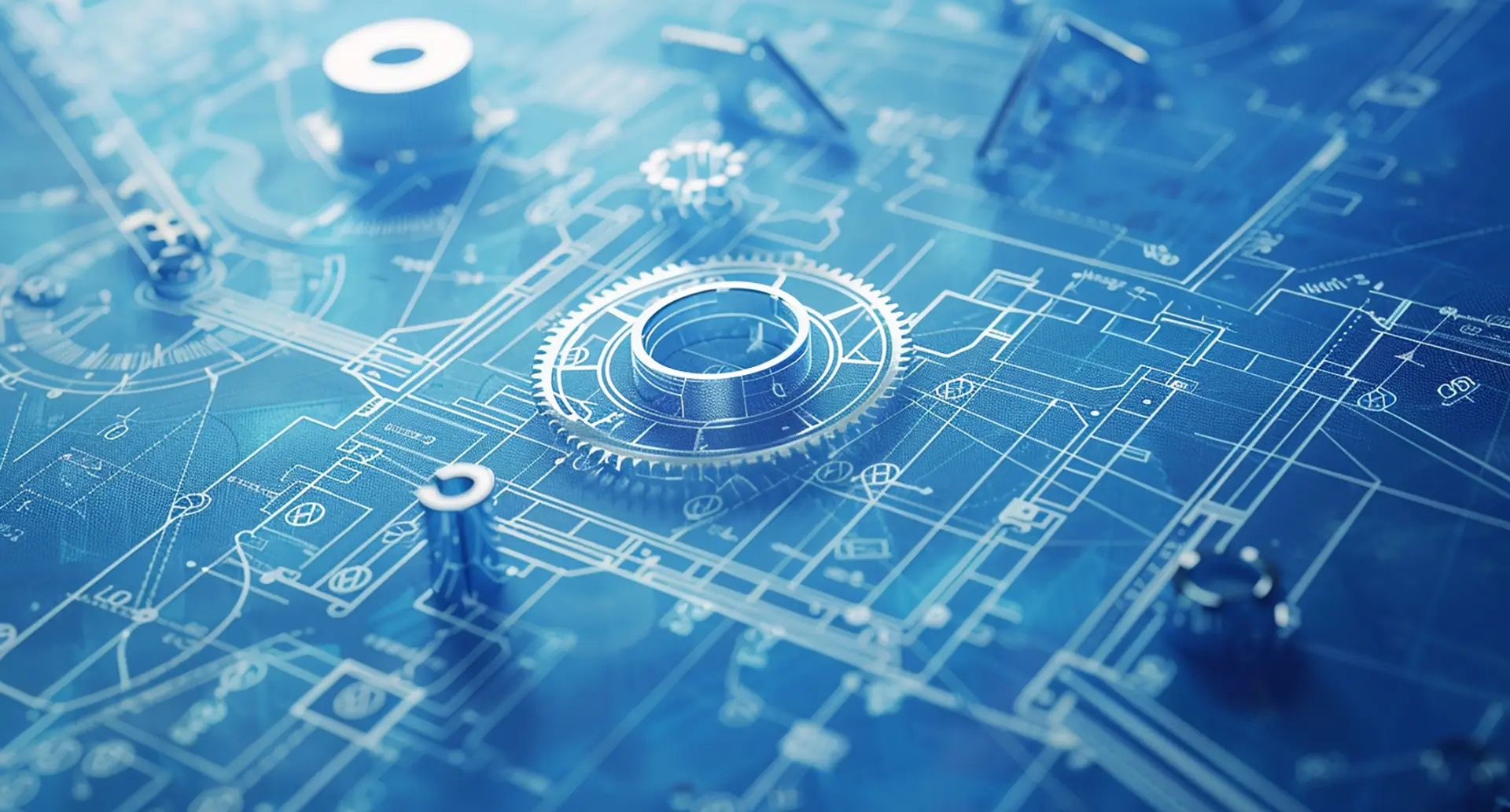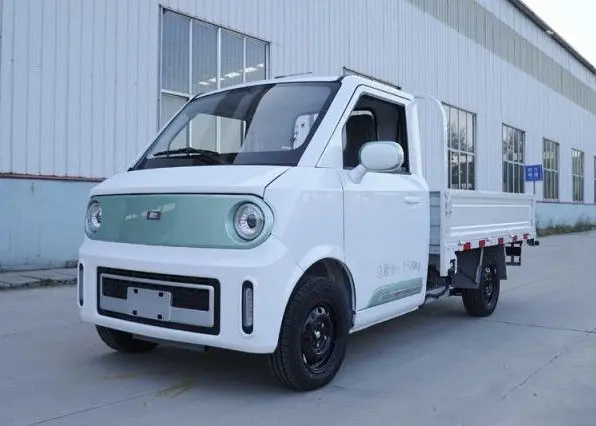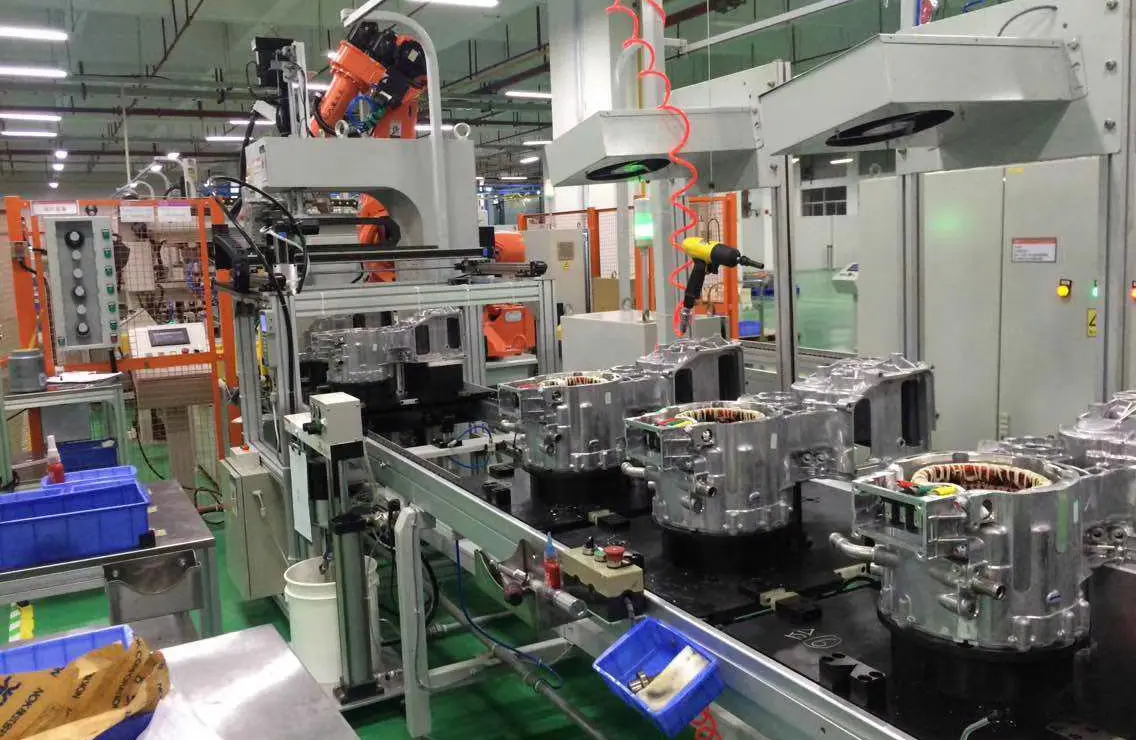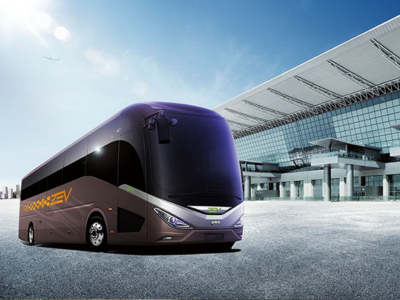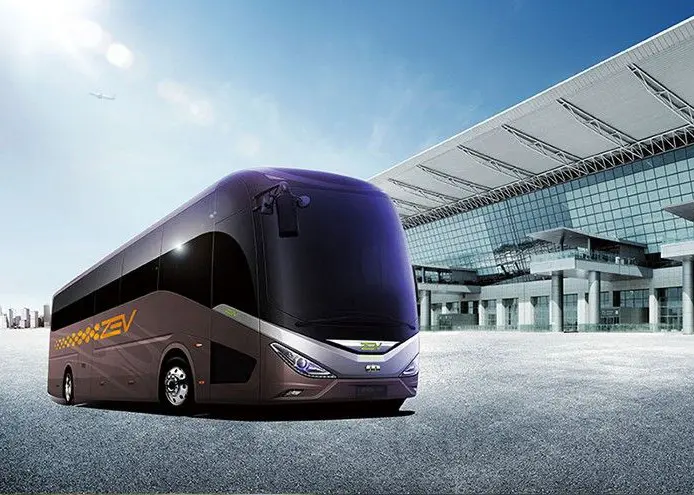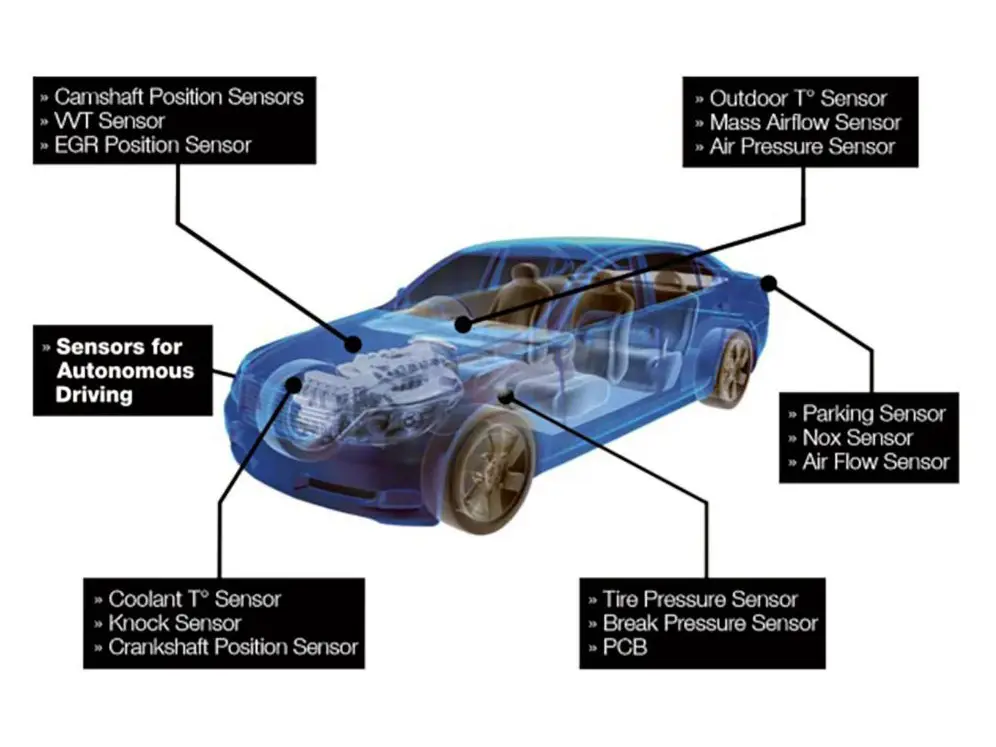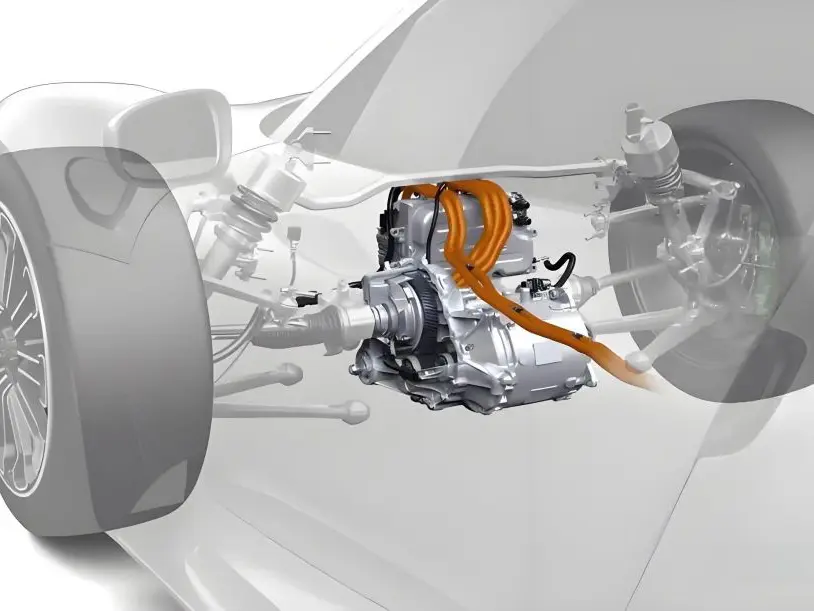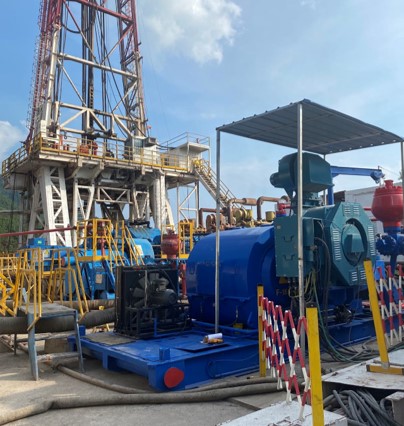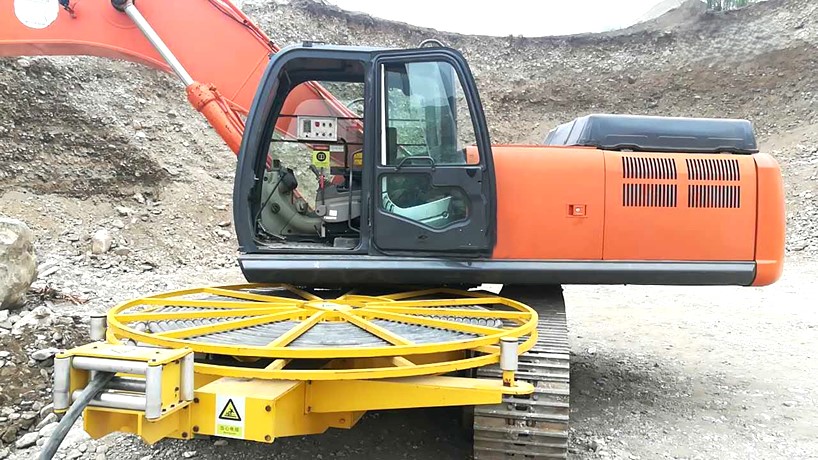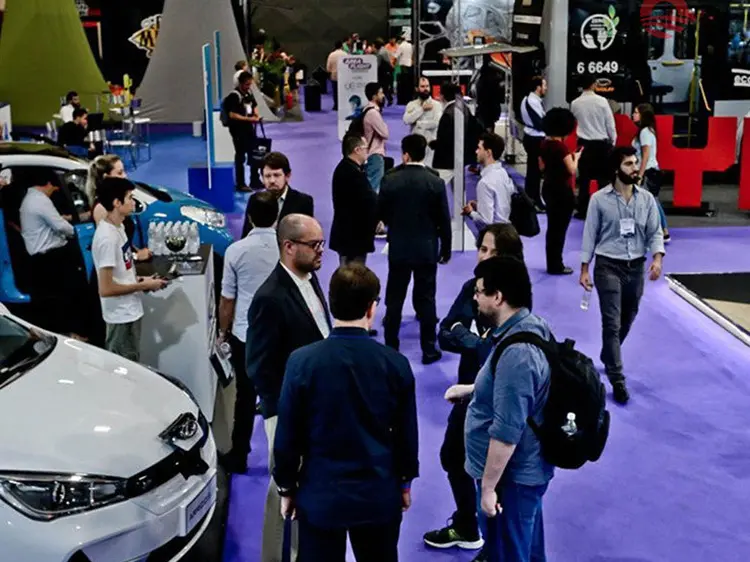How DC/DC Converters for Electric Vehicles Work and Are Maintained
Introduction
The rapid growth of electric vehicles (EVs) has transformed the automotive industry, offering a cleaner, more energy-efficient alternative to traditional internal combustion engine (ICE) vehicles. As EV technology continues to evolve, the importance of individual components within the system has become increasingly apparent. One such vital component is the DC/DC converter.
DC/DC converters for electric vehicles ensure that various onboard systems receive stable power by stepping down or stepping up voltage from the EV’s high-voltage battery. These converters are crucial for powering lighting systems, infotainment units, power steering, braking systems, and other essential functions.
Without a properly functioning EV DC/DC converter, key vehicle functions could fail, resulting in safety risks and performance issues. Understanding how these converters work, their features, and how to maintain them is essential for vehicle owners, technicians, and EV enthusiasts alike.
This comprehensive guide will explain the role of DC/DC converters in EVs, explore their internal mechanisms, outline maintenance practices, and provide troubleshooting tips to ensure optimal performance.
What is a DC/DC Converter in an Electric Vehicle?
A DC/DC converter for electric vehicle is an electrical device that changes the voltage level of direct current (DC) power within an EV’s system. Since EVs rely on a high-voltage battery (commonly 400V or 800V) for propulsion, this battery must also supply power to the vehicle’s low-voltage systems. However, those systems — including headlights, wipers, and infotainment — require a stable 12V or 48V supply.
The EV DC/DC converter bridges this gap by stepping down the high-voltage DC power to a lower, safer voltage level suitable for these auxiliary systems.
Key Functions of a DC/DC Converter in EVs
- Voltage Regulation: Provides a stable and consistent output voltage, preventing voltage spikes that could damage vehicle electronics.
- Power Distribution: Distributes appropriate voltage levels to multiple systems throughout the vehicle.
- Battery Management: In some designs, bidirectional converters can send excess power back to the high-voltage battery during regenerative braking.
By maintaining proper voltage levels, DC/DC converters for electric vehicles contribute to improved energy efficiency, system reliability, and battery life.
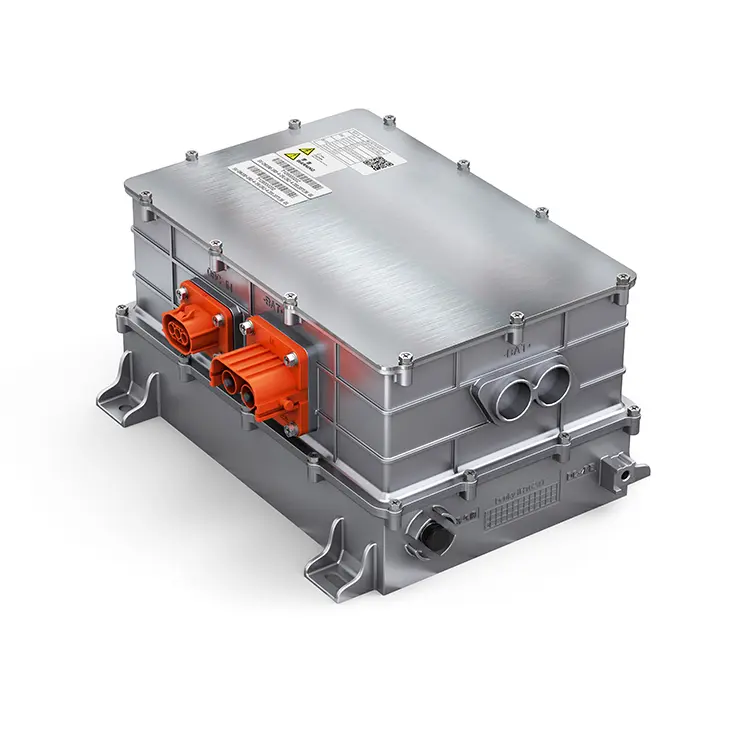
How Does a DC/DC Converter Work in an EV?
The internal workings of an EV DC/DC converter rely on advanced electronics that efficiently manage voltage conversion. The following steps outline its core operating process:
Step 1: Input Power Reception
The converter draws high-voltage DC power directly from the EV’s main battery. Depending on the EV model, this voltage may range between 400V and 800V.
Step 2: Power Conversion
Once the high-voltage power is received, the converter employs semiconductor switches such as MOSFETs (Metal-Oxide-Semiconductor Field-Effect Transistors) or IGBTs (Insulated-Gate Bipolar Transistors) to control electrical flow.
These switches operate at high frequencies using pulse-width modulation (PWM) techniques.
PWM rapidly switches the current on and off, allowing precise control over voltage output.
Step 3: Voltage Transformation
Through the use of transformers, inductors, and capacitors, the converter stabilizes and steps down the voltage to a safe 12V or 48V level.
Step 4: Output Power Delivery
The regulated output voltage is supplied to systems such as:
- Headlights
- Power steering
- Air conditioning
- Onboard control units
Advanced EV DC/DC converters may also feature energy recovery systems, enabling power flow back to the main battery during regenerative braking.
Key Features of Modern DC/DC Converters
Today's DC/DC converters for electric vehicles are designed with advanced features to improve performance, safety, and durability. Here are the most notable features:
1. High Efficiency
Modern converters achieve energy efficiency ratings exceeding 95%, minimizing power loss during voltage conversion. This efficiency reduces heat buildup and ensures better energy utilization.
2. Compact and Lightweight Design
Space is a premium in EV design, making compact converters highly desirable. Manufacturers have developed lightweight DC/DC converters that fit seamlessly within EV engine compartments.
3. Advanced Thermal Management
Efficient cooling systems are critical to maintaining optimal converter performance. Modern designs incorporate:
- Heat sinks for passive cooling.
- Active cooling systems (e.g., fans or liquid cooling) for high-performance models.
4. Robust Protection Mechanisms
To safeguard against electrical hazards, modern converters integrate:
- Overvoltage protection
- Overcurrent protection
- Short-circuit prevention
- Thermal shutdown systems
5. Bidirectional Power Flow
Some advanced DC/DC converters allow power to flow both ways. This feature improves energy efficiency during regenerative braking by redirecting unused energy back to the battery.
6. Digital Control Systems
Modern converters include digital interfaces such as CAN bus or LIN bus, enabling seamless communication with the EV’s control unit for better system diagnostics and monitoring.
Common Maintenance Practices for DC/DC Converters
Regular maintenance is essential for ensuring the longevity and performance of EV DC/DC converters. Follow these key practices:
1. Visual Inspections
Regularly inspect the converter for dust accumulation, corrosion, or burnt marks.
Identify loose wires or damaged components that may compromise performance.
2. Cleaning the Converter
Use compressed air or a soft brush to remove dust and debris from cooling vents and heat sinks.
For liquid-cooled converters, ensure coolant systems are clean and free from blockages.
3. Connection Checks
Periodically tighten electrical connections to prevent voltage instability caused by loose wiring.
Ensure all connectors are free from corrosion or wear.
4. Monitoring Firmware and Software
Many modern converters rely on software for performance optimization. Regular updates provided by manufacturers can enhance system stability.
5. Testing Voltage Output
Using a multimeter, periodically check voltage levels at the converter’s output terminals. Any deviation from the manufacturer’s specified voltage may indicate a developing issue.
Troubleshooting Common DC/DC Converter Issues
Despite being robust, DC/DC converters for electric vehicles can encounter problems. Knowing the common issues and their solutions can minimize downtime.
1. Inconsistent Voltage Output
Symptoms: Flickering lights, unstable infotainment system, or weak power steering.
Solution: Inspect wiring connections, replace damaged components, and ensure correct voltage settings.
2. Overheating Converter
Symptoms: Warm converter housing, shutdown warnings, or performance drops.
Solution: Clean cooling vents, inspect the thermal system, and avoid overloading the converter.
3. Complete Power Loss
Symptoms: Vehicle systems fail to power on or experience intermittent failure.
Solution: Check for blown fuses, disconnected wiring, or internal component failure.
4. Audible Noise or Vibration
Symptoms: Buzzing or vibrating noises during operation.
Solution: Inspect mounting hardware, tighten loose components, and check for failing capacitors.
Why Choose Pumbaa for Your DC/DC Converter Needs?
When upgrading your electric vehicle’s power system, Pumbaa offers cutting-edge DC/DC converters for electric vehicles that combine innovation, efficiency, and reliability. These converters are designed to deliver superior power conversion, ensuring stable voltage regulation for crucial EV components such as lighting, infotainment, and onboard electronics. With features like high efficiency to minimize energy loss, a compact design for easy integration, and robust safety mechanisms such as overvoltage, overcurrent, and thermal shutdown protection, Pumbaa's converters excel in performance and durability. Whether you're driving a passenger EV or managing a commercial electric fleet, Pumbaa’s versatile solutions provide the stable power your vehicle needs. By choosing Pumbaa, you're investing in proven technology designed to enhance your EV’s reliability, efficiency, and long-term performance.
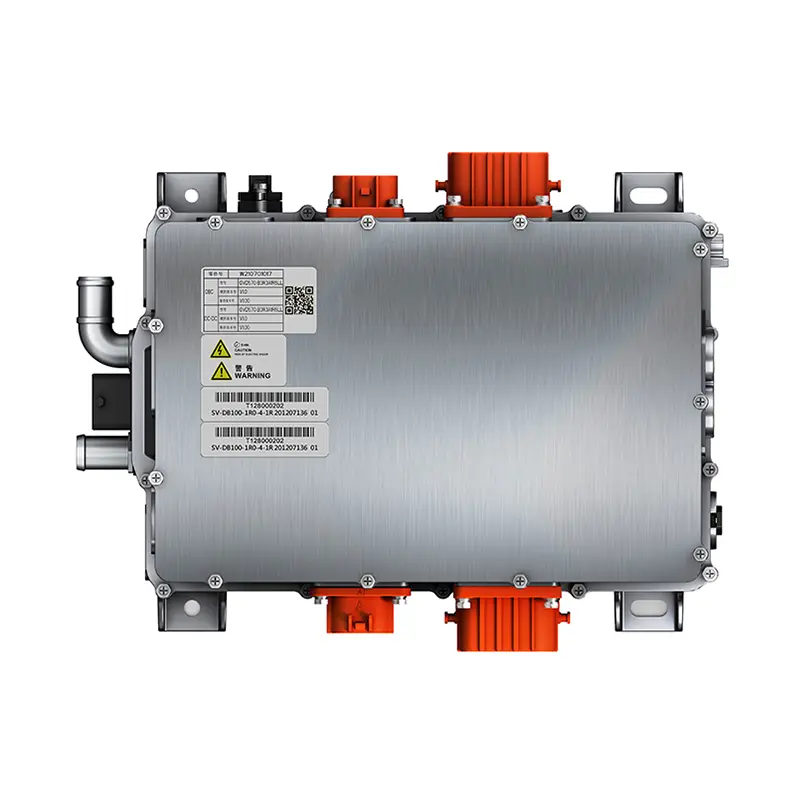
Best Practices for Extending DC/DC Converter Lifespan
Proper handling and proactive care can extend the lifespan of your EV DC/DC converter significantly.
1. Ensure Proper Ventilation
Avoid blocking airflow pathways around the converter to prevent overheating.
2. Avoid Excessive Load
Avoid installing aftermarket devices that draw excessive power, which could overload the converter.
3. Conduct Regular System Diagnostics
Use EV diagnostic tools or onboard monitoring systems to track voltage stability and system performance.
4. Replace Aging Components
Key components such as capacitors may wear over time. Replacing them before they fail can prevent larger issues.
5. Follow Manufacturer Maintenance Guidelines
Adhering to the vehicle manufacturer’s recommendations ensures optimal converter performance and safety.
Conclusion
DC/DC converters for electric vehicles are crucial for ensuring that onboard systems operate efficiently and safely. By understanding how these converters function, vehicle owners and technicians can ensure optimal EV performance.
Effective maintenance practices, including regular inspections, cleaning, and voltage monitoring, are essential for extending the lifespan of EV DC/DC converters. Additionally, by following best practices and troubleshooting tips, users can prevent costly failures and improve overall vehicle reliability.
As EV technology continues to advance, investing time in understanding and maintaining your DC/DC converter will contribute to smoother vehicle performance, improved energy efficiency, and enhanced driving safety.
Read More: What Sets an EV Car Inverter Apart from an ICE Inverter?










